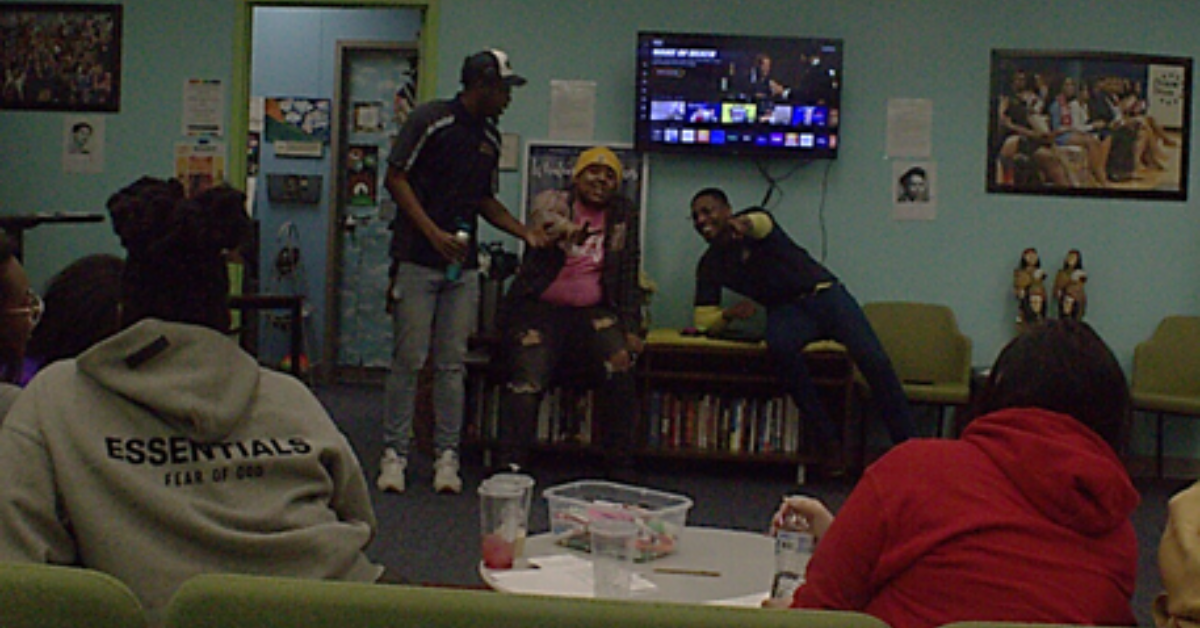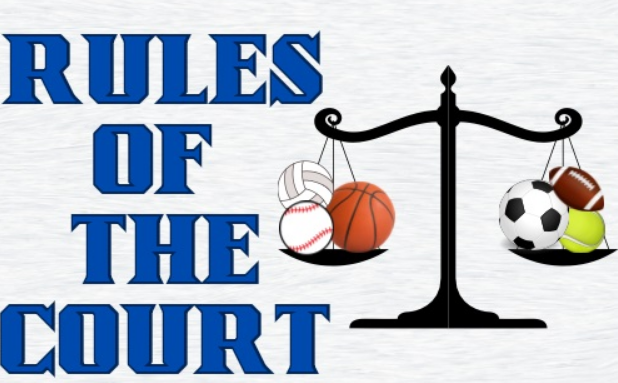During this Queertober, the focal point is to gear efforts towards protecting queer youth. Considering this goal, there have been a series of events on campus that aim to provide better educational opportunities to students as we grow into adulthood. But to go even further, students in high school environments and junior high schools deserve the same opportunity to learn about their developing sense of identity. Hopefully, this can be better conducted through education on Queer topics.
While our society has come a long way with inclusion and information on various gender identities and sexual orientations, there is still a fairly large gap between the amount that heteronormative topics are discussed compared to LGBTQIA+ topics. This can be harmful, as it leads to the spread of misinformation on the part of youth that creates misconceptions, such as presumptions of what it means to be gay or what it means to be bisexual. And worse, misinformation can risk unsafe sexual conduct on the part of minors and psychological distress from a lack of belonging. It is imperative that students be provided with accurate information on what it means to be a part of the LGBTQIA+ community, as well as how to integrate their identity/identities with the rest of their sense of self.
Examples of courses where LGBTQIA+ discussion can and should be approached include health sciences and psychology. For all the time spent discussing human body parts, it is just as valuable to mention the psychological changes when it comes to interpersonal relationships and safe sex in same-sex relationships.
One example of how to normalize LGBTQIA+ topics in education includes mentioning the asexuality spectrum during sexual education and how the discovery of sexual aversion is just as much a normal part of development in puberty. Another example is to mention queer mental health statistics in a psychology course and how negative attitudes towards queer youth from their families can impact self-esteem. While it would be ideal to have courses that specifically mention and identify the issues and unique experiences of Queer individuals throughout history, it may be more realistic in the short run, to begin with integrating topics that affect students most directly. To see this best play out, it may actually be better to work backward from students in the young adult range. Seeing what 18-24-year-olds are just learning in college and information they wish they’d received sooner may provide insight into what specific pieces of information are missing from youth education.
The overall concern is that Queer topics are not introduced in a manner that makes Queer youth feel called out or unwelcome by their instructor or peers. The information should be shared generally, and students should not be called on to share their experiences unless they themselves volunteer to. Student safety must be prioritized above all else. A common way of ensuring this is by creating or funding a Gender & Sexuality services organization on high school campuses, otherwise known as Gay-Straight Alliances (GSA). These organizations provide a safe space for students to share their experiences in the LGBTQIA+ community and open up about concerns they may have.
Most importantly, all individuals in authoritative and educational roles must be prepared to learn more information on LGBTQIA+ topics to best inform students. They should also be prepared to be fully respectful towards these topics and considerate to the students, given the sensitivity of the topics involved. Despite the areas that need adjustments, thankfully, there is hope for the future and for improved education on behalf of Queer Youth.
















